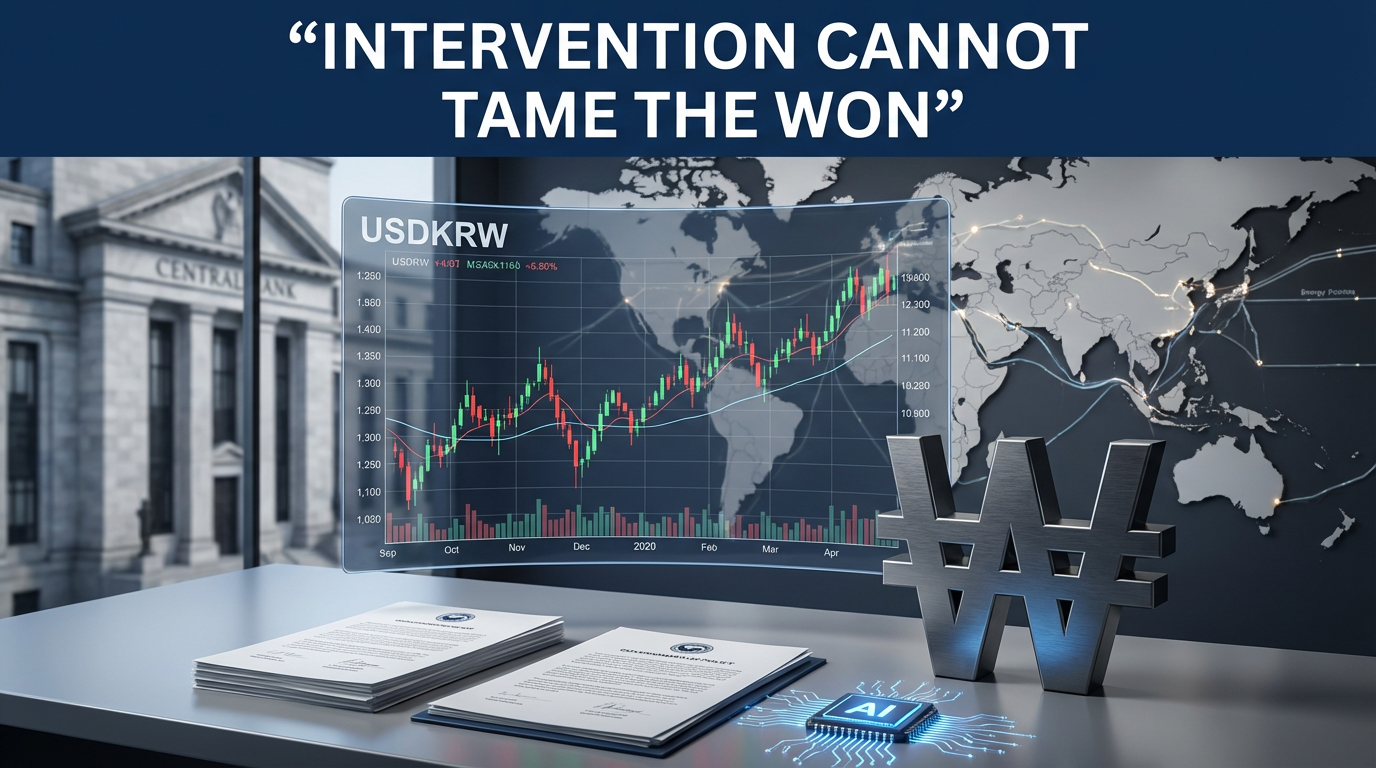“Not a Bear Market Yet, Volatility Lingers“
[ Not a Bear Market Yet, Volatility Lingers ]
- Major Trends and Instabilities in the U.S. Stock Market
The U.S. stock market has recently shown a significant decline, with the S&P 500 down 1.7%, Nasdaq down 2.5%, and Russell 2000 down 3.8%.
While the Nasdaq 100 has recorded a year-to-date increase of 2.9%, small and mid-cap stocks have fallen by 1.6%, creating a mixed atmosphere in the market.
As the Korean and Chinese stock markets rise, concerns among investors are growing due to the adjustment phase of the U.S. stock market, with both recession and inflation anxieties simultaneously at play. - Changes in Economic Indicators and Concerns About Recession
As key indicators related to economic growth change, concerns about the possibility of a recession are emerging.
The PMI index, which recorded 55 in December of last year, fell to 52.7 in January and 50.4 in February, raising concerns about stagnation.
The Michigan Consumer Sentiment and Consumer Confidence Index also plummeted from 67.8 in January to 64.7 in February, showing a contraction in consumer sentiment. Additionally, housing sales figures falling below expectations are amplifying anxiety about the overall economy.
These changes in economic indicators are causing paradoxical phenomena between interest rates and inflation, such as the U.S. 10-year Treasury yield falling to 4.43%. - Analysis of Loan Screening and Fundamental Indicators
Actual fundamentals show a solid appearance, with relaxed loan screening standards, a 4% increase in loan growth, and the loan-to-deposit ratio rising to over 71%.
A low debt-to-income ratio supports the strengthening of fundamentals, and the probability of a recession is predicted to be less than 5%, acting as a positive signal for investors.
The GDP growth rates of Atlanta and New York Fed are 2.3% and 2.95% respectively, indicating a high possibility that they will act as market-rising factors in the fourth quarter of this year.
- U.S. Stock Market Outlook and Investment Strategy
Despite concerns that the U.S. stock market has reached its peak, it is analyzed that corporate earnings have not yet peaked and economic growth will continue.
Historically, after a rise in January and a fall in February, the probability of a turnaround in February and March is predicted to be over 72.4%, and there is a high probability of a 20% increase by the end of the year.
The cycle in which the M2 growth rate increases is expected to support the strong growth of the S&P 500, Nasdaq, and major technology and AI-related stocks.
In particular, investment in advanced technology stocks related to AI, software, AI semiconductors, cloud, and data centers, as well as ETFs and individual stocks, is considered more attractive.
As an investment strategy, maintaining a stock allocation of 80% and a bond allocation of 20% and actively investing in growth stocks and AI-related stocks is considered a good opportunity. - Overall Conclusion and Future Prospects
The outperformance of stocks and the activation of large technology and AI-related stocks in the U.S. stock market are expected to drive market growth.
Considering the fundamentals comprehensively, such as increased lending, low debt ratios, and positive GDP growth rates, there is a good chance that the S&P 500 index will break through 7,000 points and rise 20% annually by the end of this year.
In the long term, continuous updates of highs are expected along with the growth of technology stocks, including the AI cycle, and it is analyzed that there is a high possibility of returning to a stable upward trend from the second half of the year, even if there is volatility.
Therefore, it can be concluded strategically that it is desirable to use short-term adjustment phases as investment opportunities and continue to invest mainly in AI and advanced technology stocks.
미국 증시는 최근 급락했지만, 주요 경제 지표와 펀더멘탈 분석을 통해 경기 침체 우려는 낮으며, 연말까지 20% 상승할 가능성이 높습니다.
경제 지표, 대출 증가율, GDP 성장률 등이 긍정적으로 나타나며, AI 및 기술 관련주 투자 전략이 매력적입니다.
장기적으로는 AI 주기를 바탕으로 미국 증시의 지속적인 고점 경신이 기대됩니다.
The U.S. stock market has recently plummeted, but through key economic indicators and fundamental analysis, concerns about a recession are low, and there is a high possibility of a 20% increase by the end of the year.
Economic indicators, loan growth rates, and GDP growth rates appear positive, and AI and technology-related stock investment strategies are attractive.
In the long term, continuous updates of highs are expected in the U.S. stock market based on the AI cycle.
[More…]
https://nextgeninsight.net/?s=%EB%AF%B8%EA%B5%AD
https://nextgeninsight.net/?s=AI
*YouTube Source: [유동원의 성공투자]



